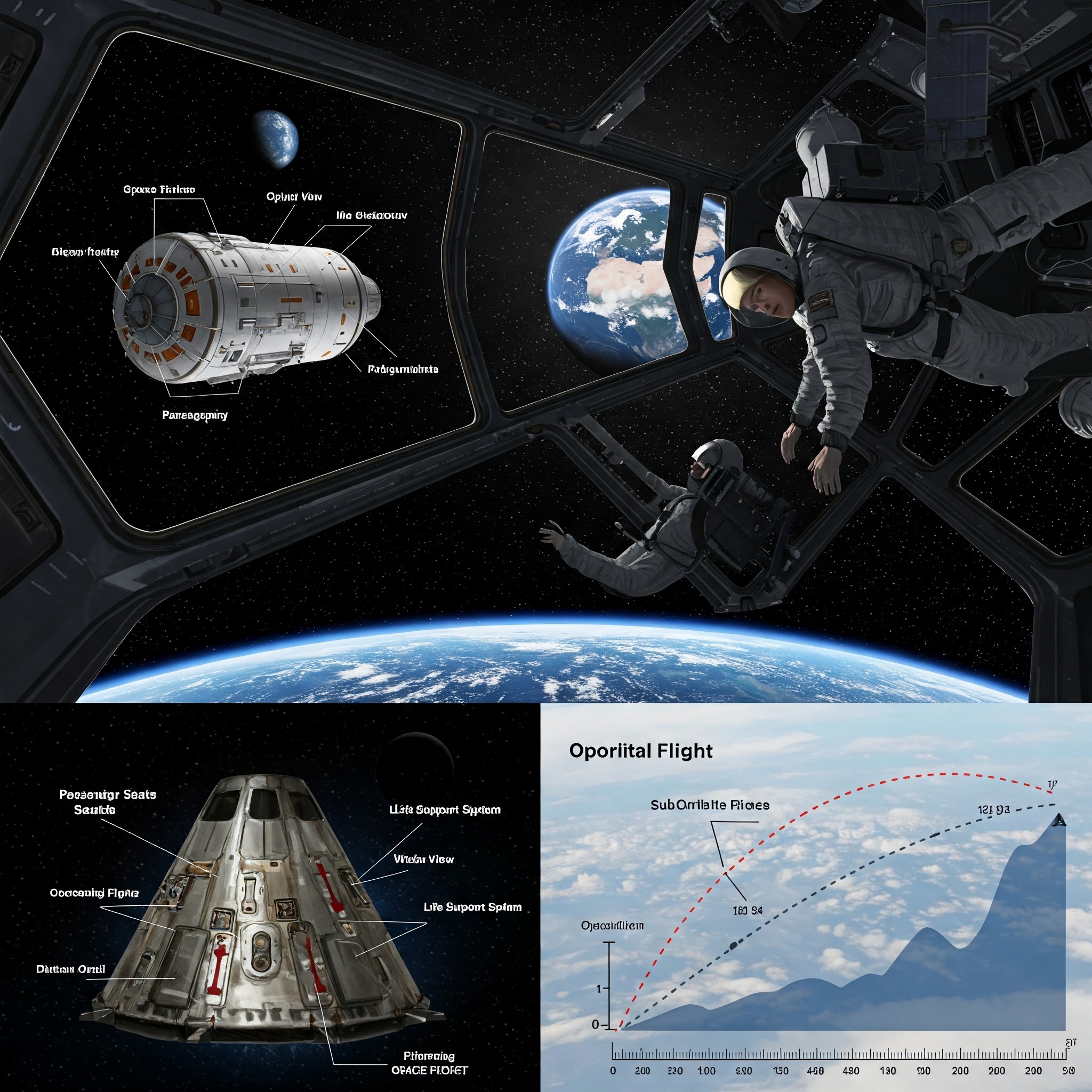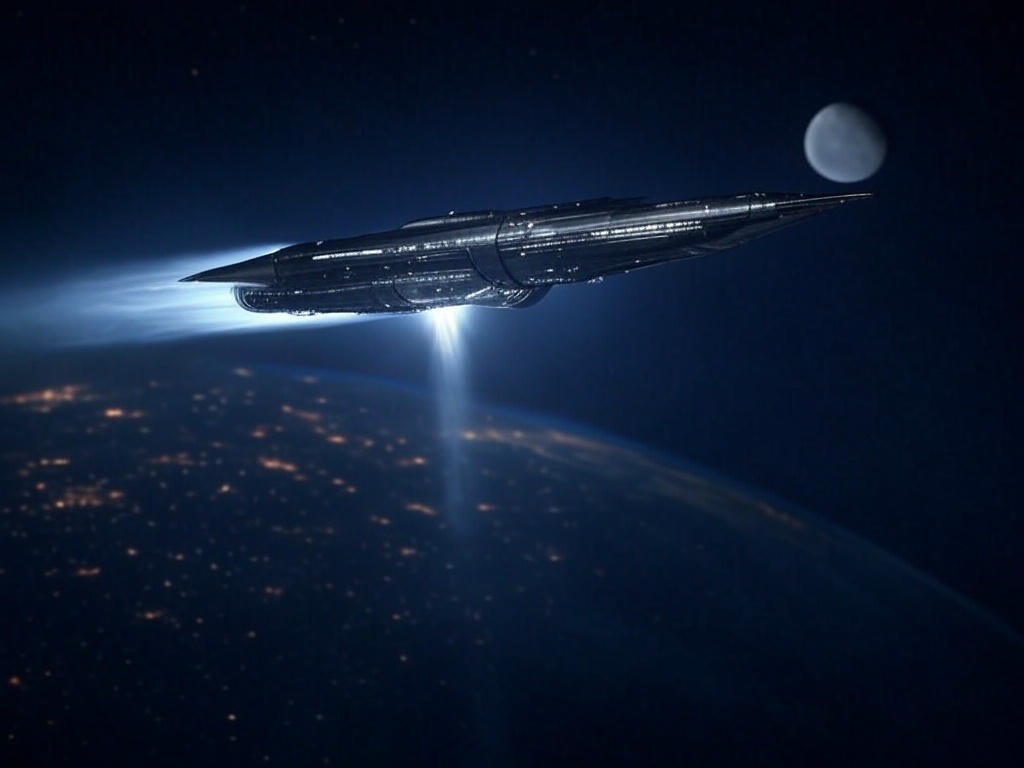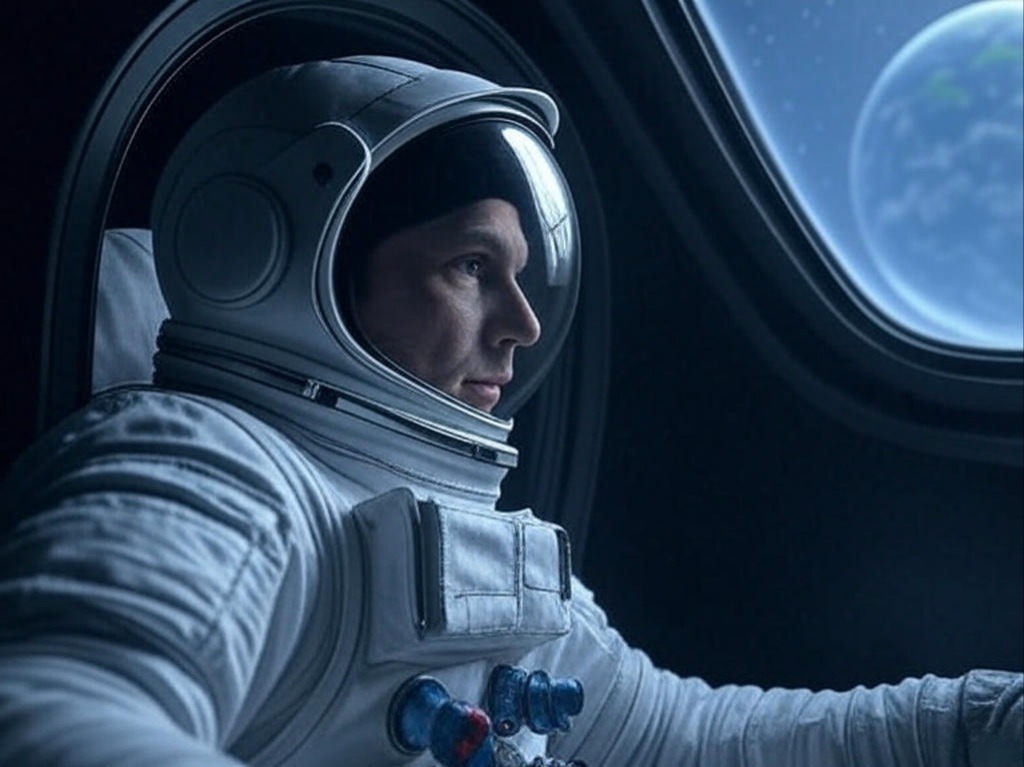Not long ago, traveling to space was a dream reserved for highly trained astronauts. Today, it’s becoming a reality for wealthy civilians—and soon, it may be accessible to more people than ever before. But how close are we to making space tourism a regular part of life?

1. What Is Space Tourism?
Space tourism refers to the commercial activity of sending private individuals into space for recreational or adventure purposes. These travelers, often called space tourists, don’t perform scientific missions—they go for the experience of weightlessness, incredible views, and the thrill of leaving Earth.
There are currently three types of space tourism:
-
Suborbital flights (e.g., Blue Origin’s New Shepard)
-
Orbital flights (e.g., SpaceX’s Crew Dragon missions)
-
Future lunar missions (e.g., SpaceX’s proposed dearMoon project)
2. Who Are the Major Players?
Several companies are leading the charge:
-
Blue Origin – Offers suborbital trips that cross the Kármán Line
-
Virgin Galactic – Provides short spaceflights from a spaceplane
-
SpaceX – Has sent private civilians to Earth orbit and plans future moon tourism
-
Axiom Space – Plans commercial space stations for research and tourism
These companies have already flown billionaires, artists, and scientists into space—and are building vehicles for larger-scale experiences.
3. What’s the Experience Like?
A typical suborbital space tourist experience includes:
-
A few minutes of weightlessness
-
Seeing Earth’s curvature and the blackness of space
-
A total flight time of around 10–15 minutes
Orbital tourists, on the other hand, may spend days aboard the International Space Station (ISS) or future space hotels.
4. How Much Does It Cost?
Space travel isn’t cheap:
-
Suborbital flights: ~$250,000–$500,000
-
Orbital flights: Tens of millions of dollars per seat
However, like air travel in the early 20th century, costs are expected to decrease as technology advances and competition grows.
5. Is It Safe and Sustainable?
So far, most space tourism flights have gone smoothly. Still, there are risks—space is an extreme environment. Companies must prioritize:
-
Safety systems and emergency protocols
-
Environmental impact, especially related to rocket emissions
-
Medical screening for passengers with health conditions
As demand rises, regulations will be essential to ensure safety and minimize harm to Earth’s atmosphere.
Conclusion
Space tourism is no longer science fiction—it’s science reality. Though still limited to the ultra-wealthy, it’s a clear sign that the era of commercial spaceflight has begun. As technology evolves, space may one day become a destination not just for the rich, but for everyday explorers.


